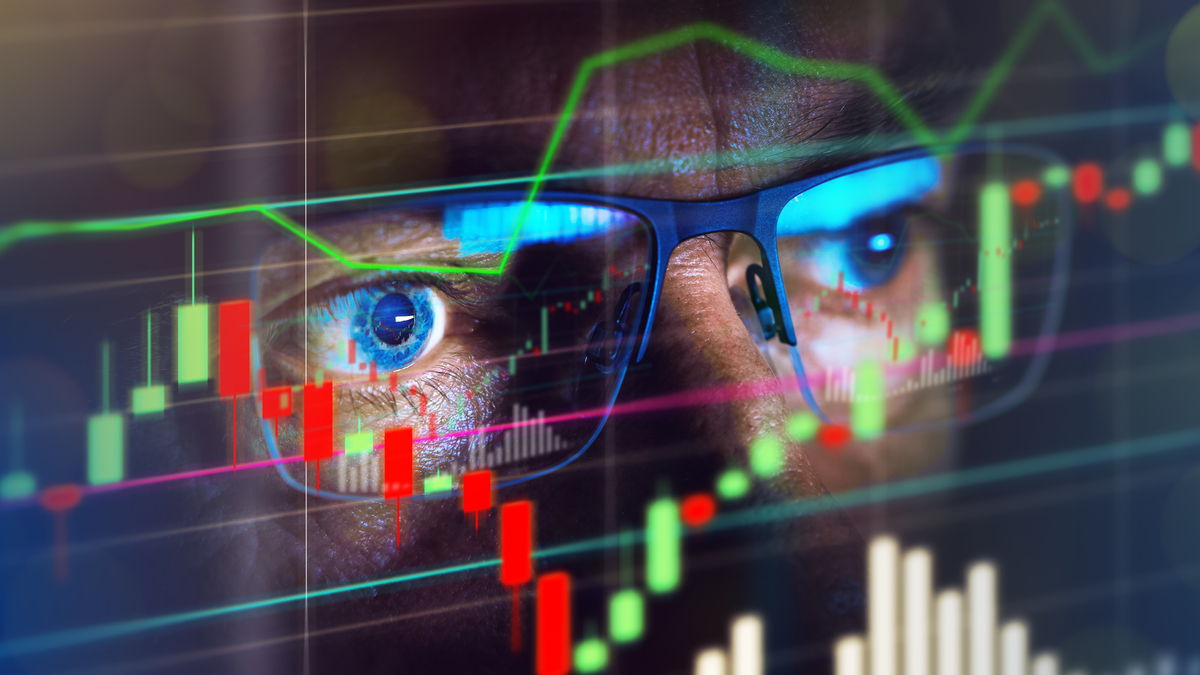The latest BIS Bulletin, , confirms my conclusion that in mid-March a fire sale of Treasuries was taking place, https://justmoney.org/c-sissoko-a-fire-sale-in-the-us-treasury-market-what-the-coronavirus-crisis-teaches-us-about-the-fundamental-instability-of-our-current-financial-structure/.">https://justmoney.org/c-sissoko... I question however Schrimpf, @HyunSongShin, and Sushko& #39;s description of the role played by "dealers" in markets. 1/
If claims like this are going to be made, then a specific model of the role played by dealers in markets needs to be cited. The classic model of a dealer is Treynor (1987), written back in the day when dealers were capital-constrained, unlimited liability partnerships. 2/
For traditional dealers "short range was what& #39;s happening this morning -- and long range was what& #39;s going to happen this afternoon" (Ellis 2008: 177 quoting former GS CEO Whitehead). 3/
While dealers built up inventory to smooth the operation of markets, they typically knew how that inventory could be laid off within 24 hours. This model depicts the market price as determined by prop traders & the "outside spread" while dealers smooth out shifts in the price 4/
The model of dealers in the BIS paper is different, because the dealers are expected to "absorb sales and stabilise prices" not over a very short time horizon, but over a period of days, implying that the dealers trade based on an independent evaluation of fundamental value. 5/
In short, the BIS model appears to combine the dealer and the prop trader into a single entity. This fundamental shift in the model of what a dealer does, is likely associated with the shift from dealers to *dealer banks* that took place after Treynor (1987) was published. 6/
Today dealers are not capital-constrained limited liability partnerships, but dealer bank corporations, risking "other people& #39;s money" and protected from failure by a bank safety net. Dealer banks are expected to "use their balance sheets" to support the market. 7/
At the same time that these dealer banks are expected to stabilise prices, these same banks are the ones issuing margin calls that drive the process of forced sales and a negative feedback loop in prices. Shouldn& #39;t regulators perceive the incentive compatibility problem here? 8/
It is important to be careful with the use of language, so that we do not obscure the fact that the Anglo-American system of price discovery on long-term markets that operated from the early 19th century to the late 20th century no longer exists. 9/
The dramatic reforms of our financial system that took place in the decades post-1980s have left us with "dealers" that are in fact bank-safety-net-supported prop trading corporations, running a monetary policy independent of the central bank (see https://papers.ssrn.com/sol3/papers.cfm?abstract_id=3545546)">https://papers.ssrn.com/sol3/pape... 10/
Researchers who want to claim that highly conflicted dealer banks could ever be expected to support markets that are under stress need to back their claims up with a model that addresses the incentive compatibility problems with this view. 11/11
Should add a hat tip to @i_aldasoro for tweeting out the new BIS bulletin.

 Read on Twitter
Read on Twitter



